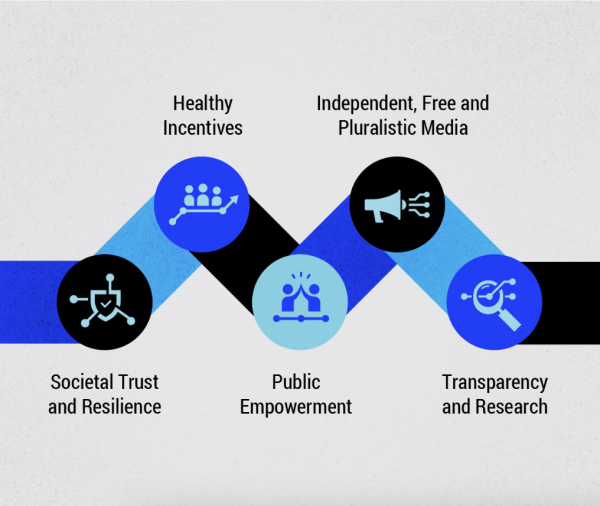Article by Neel Dhanesha: “A little over a year ago, Matt Taylor began to feel like he was getting a few too many push notifications from the BBC News app.
It’s a feeling many of us can probably relate to. Many people, myself included, have turned off news notifications entirely in the past few months. Taylor, however, went in the opposite direction.
Instead of turning off notifications, he decided to see how the BBC — the most popular news app in the U.K., where Taylor lives — compared to other news organizations around the world. So he dug out an old Google Pixel phone, downloaded 61 news apps onto it, and signed up for push notifications on all of them.
As notifications roll in, a custom-built script (made with the help of ChatGPT) uploads their text to a server and a Bluesky page, providing a near real-time view of push notifications from services around the world. Taylor calls it Project Push.
People who work in news “take the front page very seriously,” said Taylor, a product manager at the Financial Times who built Project Push in his spare time. “There are lots of editors who care a lot about that, but actually one of the most important people in the newsroom is the person who decides that they’re going to press a button that sends an immediate notification to millions of people’s phones.”
The Project Push feed is a fascinating portrait of the news today. There are the expected alerts — breaking news, updates to ongoing stories like the wars in Gaza and Ukraine, the latest shenanigans in Washington — but also:
— Updates on infrastructure plans that, without the context, become absolutely baffling (a train will instead be a bus?).
— Naked attempts to increase engagement.
— Culture updates that some may argue aren’t deserving of a push alert from the Associated Press.
— Whatever this is.
Taylor tells me he’s noticed some geographic differences in how news outlets approach push notifications. Publishers based in Asia and the Middle East, for example, send far more notifications than European or American ones; CNN Indonesia alone pushed about 17,000 of the 160,000 or so notifications Project Push has logged over the past year…(More)”.


